When Orkhon said, the way to the mineral springs would be difficult, he was not exaggerating. The term “rough terrain” has never been a better fit. We are in the mountains around the Tsagaan Nuur, the “White Lake” in the Arkhangai province, central Mongolia. Orkhon is the mountain guide of a three-day horse trek to the “Arshan”, a sacred place northeast of the lake.
Recently, it has been raining a lot and the horses sink “knee-deep” into the soggy ground. We leave the marshlands behind us and the road continues through dense forests and high scrub. The horse is not bothered by the branches in its face, from time to time it takes a bite. I constantly try to push the green stuff out of my way. That doesn’t always work, and my backpack gets stuck in the trees. Then the good-natured horse stops and waits until I have freed myself .
My horse is quite typical Mongolian -brown with stubble mane. Its withers reach just below my chin, a pony. The lower half of its hind-legs is white, make it easy to distinguish from the other horses at the camp. It does not have a name, but it is well trained and follows my body signals. I almost never need the reins.
Orkhon is riding a piebald, at the same time he is leading the pack horse. Sometimes it just stops for no reason, then Orkhon pulls the rope and shouts: “Shu! Shu! “Because this happens quite a lot, he wants me to stay behind them and hurry the stubborn animal when necessary.
The barely visible path through the forest ends and we have to climb the pass over the mountain range. The way leads over rocks and boulders. I had actually imagined the Mongolian steppe as flat, but it’s a very mountainous terrain. Around Ulan Bator Sportclimbing already has arrived. Generally, you will find yourself quite high above sea level, in the mountains we move between 2000 and 3000 meters. That’s about the height of the European alps. I was planning on doing a trek by myself from Tsagaan Nuur to Uliastai. That’s the capital of the Zavkhan province, approximately 400 kilometers northwest of the lake. However, I had not considered that the road would mostly lead over mountain ranges. Now, I start doubting my plans.
The horses walk confidently over the rocks. I’m worried that they might get hurt by the sharp edges, but I cannot see any injuries afterwards. Orkhon rides even the steepest passage. I feel sorry for the horses that are huffing and puffing up the mountain. Nevertheless, they seem very determined to walk up the hill. The Mongolian horses may be small, but their physical endurance and willpower is impressive. Downhill, we lead the horses, it is too steep for riding.
On the route, we cross several mountain streams. The water reaches up to the horses’ bellies. My shoes get wet, but the baggage stays dry. At least until it starts to rain.
The valley is a vast, flat green plane. With the mountain ridges on both sides , it offers a stunning sight. If you look closely, the ground is full of holes. Here live the Zorm, small ground squirrels that quickly scurry from one hole to another. When I say, these animals cover the ground, this is no exaggeration. In concordance, the birds of prey are well nourished and reach a considerable size. A vulture that rises directly in front of us, has a span of about three meters.
My horse has already forgotten the strains of mountaineering and trots along happily. I’m worried because of the many holes in the ground, but it places its feet skilfully. Again, I’m impressed.
When we reach the healing spring, the “Arshan”, I ‘m somewhat disappointed. It is not a “Shangri-La”, a secret place hidden in the mountains, but a campsite for Mongolian tourists. The camp has not only the common yurts, but also a number wooden huts. There is a lot of forest in the area and people often live in these little cabins.
I don’t know what is going on with the wood here, but it is difficult to start a fire with it. One has to carve it into many small peaces and blow air at it a lot. When the Mongolians do it, however, it lights up in an instant.
As soon as we arrive, many people scurry around us. Someone takes the reins out of my hands and takes care of the horse. That means, he puts a stake in the ground and ties the reins to a ten-foot rope, so the horse cannot run away during night-time.
Orkhon knows one of the families there. We are invited into their hut and as soon as I sit, I get a bowl of salty milk tea that is served everywhere in Mongolia. I do not understand a single word of the conversation. Orkhon does not speak English and cannot translate. Therefore, I don’t find out any details on the woman who is cooking my food or her family. She asks me, if I speak Russian, but unfortunately, I don’t. Sometimes we look up a word in the small PONS dictionary, which I bought in Ulaanbaatar. Mostly though, I have no other choice than to sit silently in the corner and eat whatever they hand me.
The bowl is filled to the brim with hot noodle soup. When I reach to pick up the cutlery, I spill half of the broth and burn my hand. They immediatley bring chair and table because apparently I need to learn how to sit and eat – like little children.
When it gets dark, I finally lie down in my tent, the day was more than exhausting. However, I ‘m freezing the whole night through in my -7 °C sleeping bag. My long underwear, I left it in Germany, together with my rain pants.
As for the weather, I’m a little too late. In August, I thought, it would still be summer, but it is already autumn. A few days later, there would even be hail. Another reason to doubt my plans, I have not brought any equipment for freezing temperatures. The only outdoor outfitters are located in the capital. In the aimag centers, the choice of clothing is limited.
The next day, it’s stiflingly hot again. We let the horses graze in the valley and climb up to the healing springs. On the way, I meet a girl in her early 20s. She speaks a little English and we chat. She is an elementary school teacher and lives in the Gobi desert. Her name seems unspeakable to me, but translated it means ” Fire Flower”. Together with her uncle, aunt and several other family members, this is her first time trip to the Arkhangai province. She tells me that the lower spring is good for stomach problems, the upper one for heart disease. When I drink, I get a brain-freeze. The icy water comes directly from the rock.
Ahead of us lies large, flat stone in the ground. “This is the mother stone. It has a healing effect when you touch it, “says Fire Flower, “at least that’s what the old people say.” I sat on it for a long time, but it failed healing my butt that was sore from riding.
Before we continue our ride this morning, Orkhon shows me in the dictionary, where we are going: we’ll visit the nomadic cattle breeders.
We are back in the flat plains between the mountain ranges that we crossed the day before. Soon the first log cabins appear. An elderly woman waves and calls to Orkhon something in Mongolian. We tie the horses to a tree trunk which they installed exactly for this purpose outside each cabin. We go inside and, again, there is the salty milk tea. In addition, we get homemade cheese “Beslac”, a pulpy milk dish “Urm” and dried yogurt “Arut”. I ‘ve heard a lot about the food in Mongolia, mostly not so good things. When I tried, I thought, “It’s not so bad”. Afterwards we were served a clear liquor made from fermented mare’s milk “Erg”. It is also available as a milky version with only about two percent alcohol. The taste may be something to get used to, but after days of withdrawal one thinks only: “Alcohol, at least!”
Right this moment, the farmer’s two daughters enter. They have a bucket full of blueberries that they picked in the forest. Of course we’re immediately offered to try. The older of the two speaks a little English and tells me that she studies fashion design in Ulan Bator. The summer holidays she spends with her family in the country. This is true for many young Mongolians who I met. They originally come from rural areas, but are drawn to study in the capital.
Completely stuffed, we ride on. After about ten minutes we visit farmers again. Of course, there is plenty to eat. This time, meat -filled dumplings, fried in hot fat. I have found the flesh of cattle or yak tastes better than that of goat or sheep . But crude fat chunks and cartilage are everywhere.
Even if it tastes good, the point comes, where you simply cannot eat anymore – for the Mongolians an almost incomprehensible fact. “Eat, eat!” they say and courtesy demands to take a few more bites. I read in a guidebook you can also do a symbolic bite. I did not dare, because I ‘m almost certain that they’ll think I’m crazy.
The eleven Terama that comes under saddle on the horse as a boy, I find to be very pleasant company. In the household she is somewhat clumsy and is often reprimanded by their mother. I do not know if it ‘s just not old enough or if she’s just not interested in preparing food and cooking. She loves to play volleyball outside. I realize this is a popular sport among the Mongolians. Unfortunately, it’s not really a hobby of mine. Somehow we managed not to ditch the ball in the cow shit too often.
In the end, the homemade food of the Mongolian cattle breeders was rather unsuitable for the Western digestive system. I come to this conclusion a couple of hours later, when 200 meters to the outhouse seemed to be a very long way. I almost overlooked it because the three-part, doorless outer wall was reduced to waist height.
My hosts suggested to sleep in the yurt, since the nights are gettig colder. Sometime at night I wake up and find heaps of people sitting around me. Now, where’d they come from?
Mongolians are used to not having a lot of personal space “. The whole family lives and sleeps together in one room. The European, however, is accustomed to a private room to oneself. Therefore, it is quite understandable that the situation was not the most pleasant. Attempts to flee outside to my tent, however, were prevented resolutely: “It’s too cold, you ‘ll get sick! ”
The way back to Kishig’s yurt camp on White Lake felt not so exhausting. The horses knew it was going home , and put on an appropriate pace .
In retrospect, the trip was a very educational experience. Above all, the weather makes concerns me. A trekking tour to Uliastai on my own would be a difficult undertaking. But still I have not abandoned the plan and look up once again the route on the map.
Travel Tip: Mongolia maps in scale 1:500000 you can buy at the Seven Summits Outdoor store on Peace Avenue, Ulaanbaatar. They also speak English there. The shop offers quite a choice of imported brand products, but it’s quite expensive. As for the maps, transparent tape from the supermarket is best to make the paper waterproof.
Another factor for doubting the trip should come the next day. I wanted to ride alone in the nearest city to withdraw money for horses and saddles. Tariat is located about ten kilometers away from the lake and motorized transport is difficult to find.
The white horse that I was supposed to ride was not very cooperative. The night before, I watched a drunken Mongolian guy try to mount very roughly. The horse fought back with teeth and hooves. It seemed that since then, it decided not to like strangers. With a lot of patience and effort I eventually manage to mount. But I cannot handle horses as Mongolians. For the trip to the city I did end up with my good-natured brown horse from the trek. So if I want to make a trekking tour alone, I would need a “tame” horse. “Tame” would cost extra.
Long story short: At the end, the cost factor killed the plan. 2.5 million Tugrik (about 1250 euros) for two good horses and saddles doesn’t sound a lot, but I don’t have it. Currently, livestock prices are high. Oogi explained that many animals were killed by a drought a few years ago. The few that are left, just be more expensive. Someone else said that it was due to the general economic situation. Just for comparison , a good motorbike costs about 1.2 million Tugrik. The story of riding a motorcycle in the freezing rain, I ‘ll tell you later.
Since it is already the end of the season, chances are low that I can sell the horses or the bike to other travelers for the same price. And even this financial risk, I might have taken, but withdrawing money with my bank card still does not work. So I admit defeat and go back to Ulan Bator. Maybe some other time. I ‘ve heard from people who have bought horses in Mongolia. It annoys me that it did not work for me. SoI I just have to come up with another stupid idea.

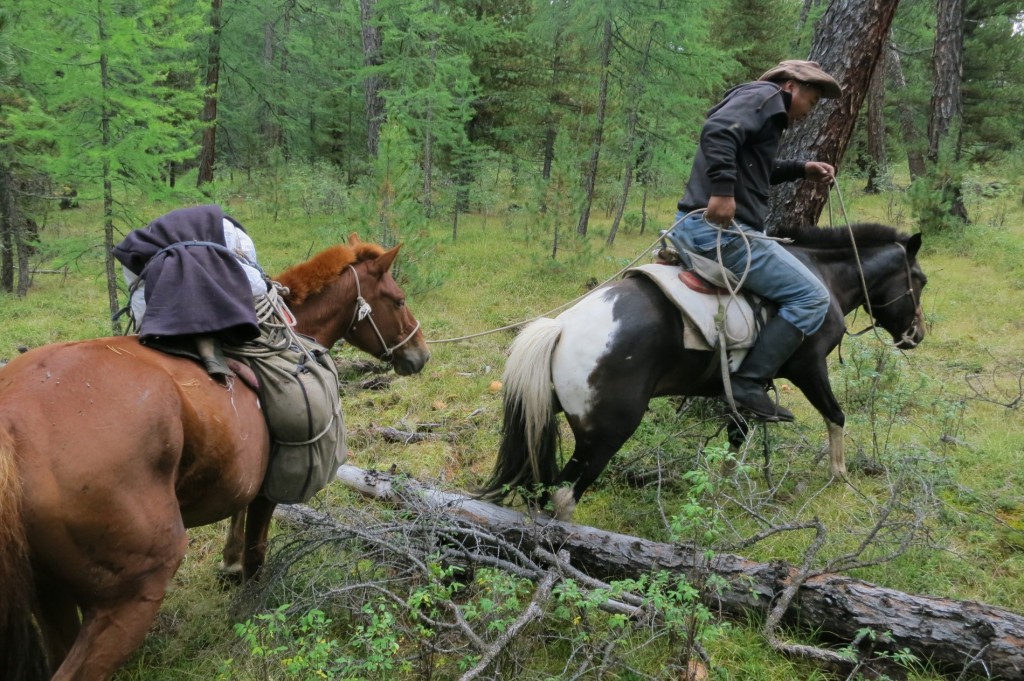
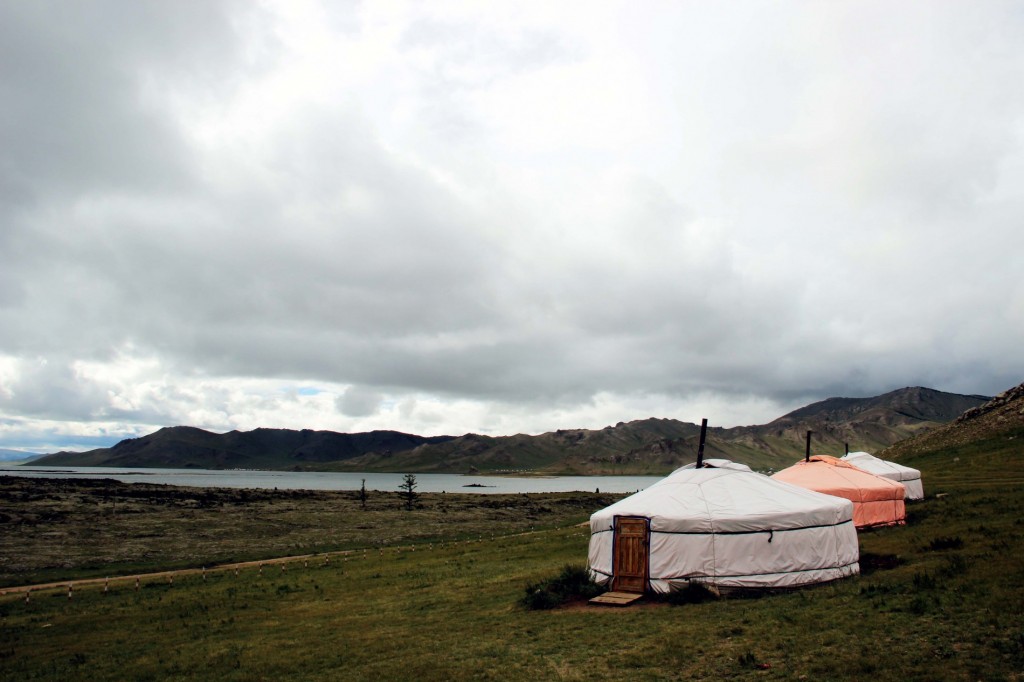
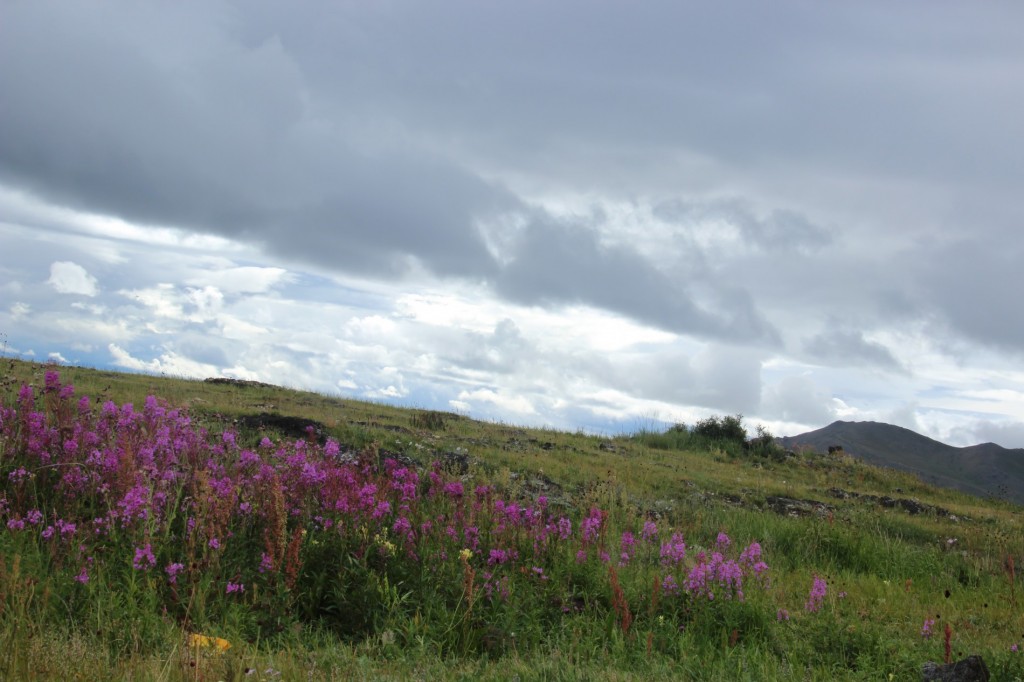


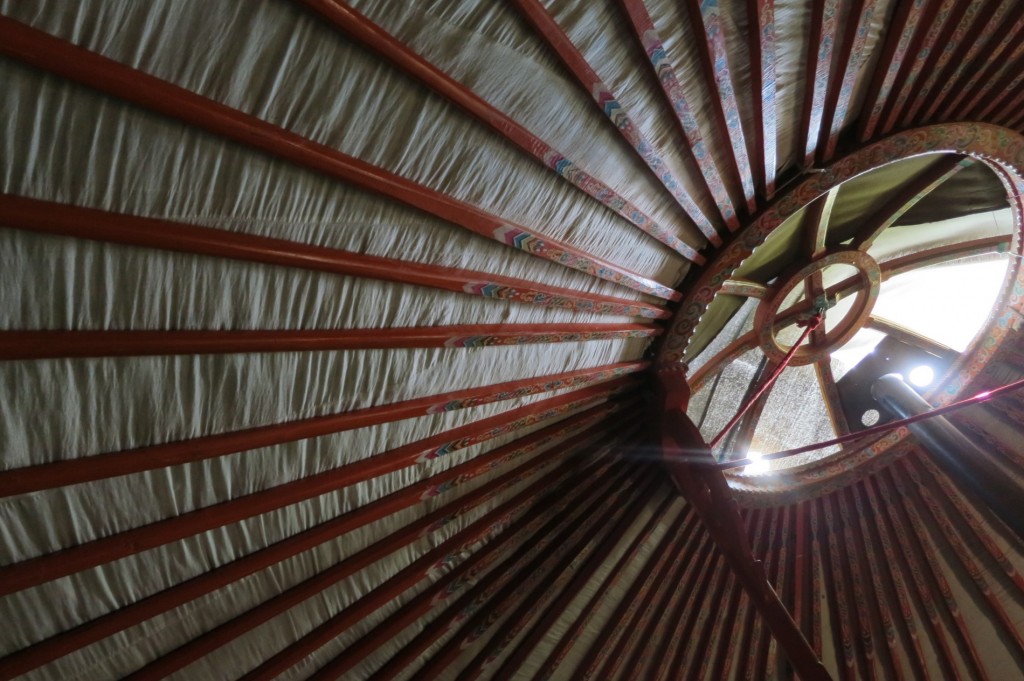
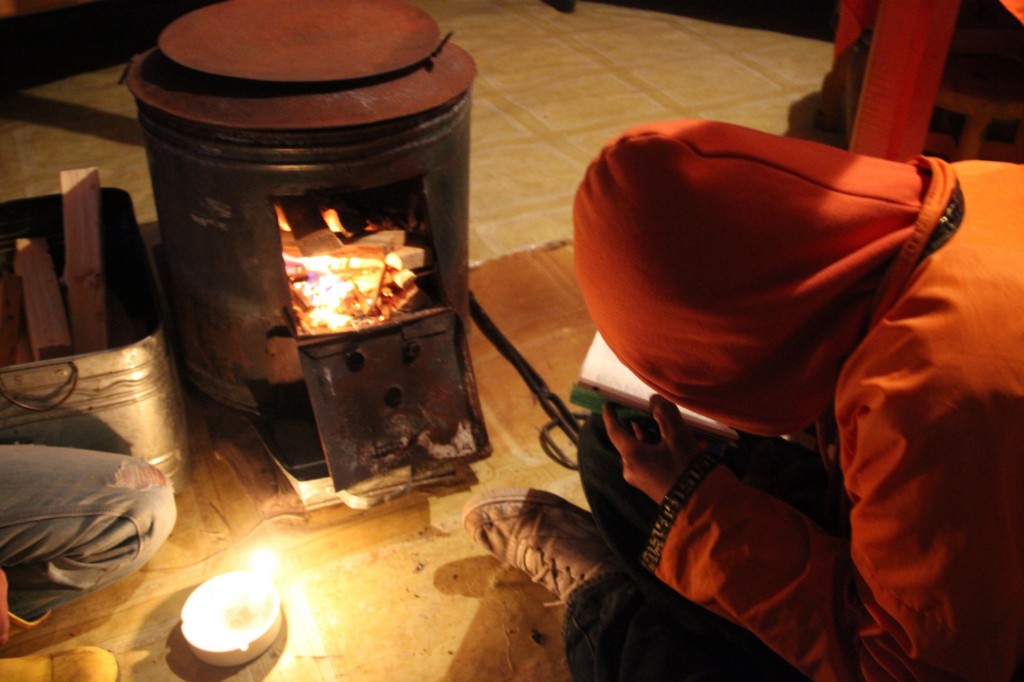
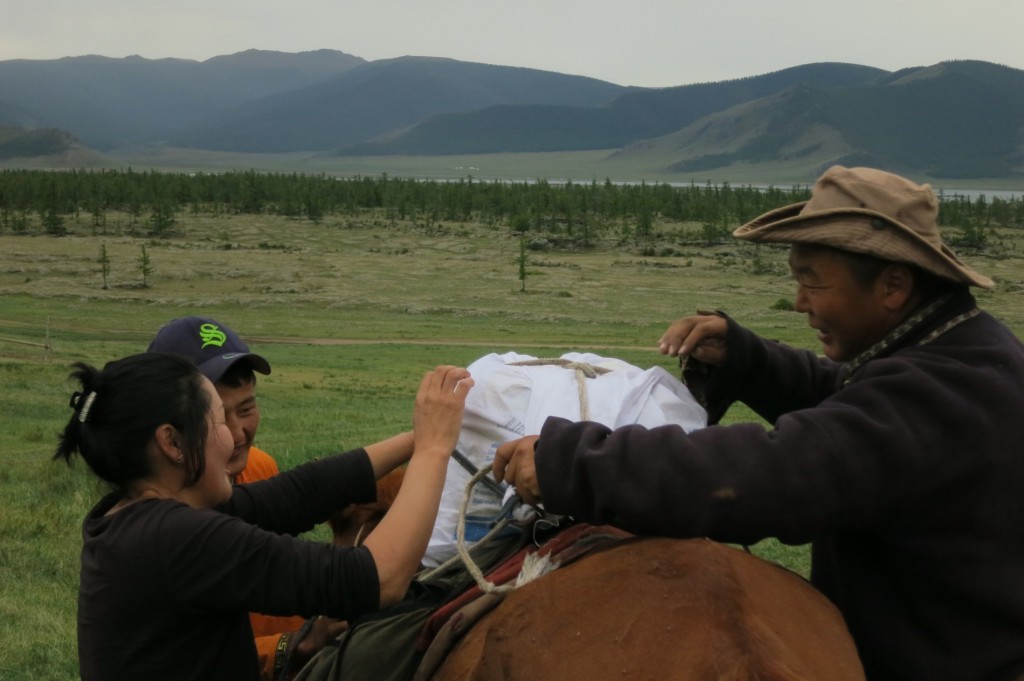
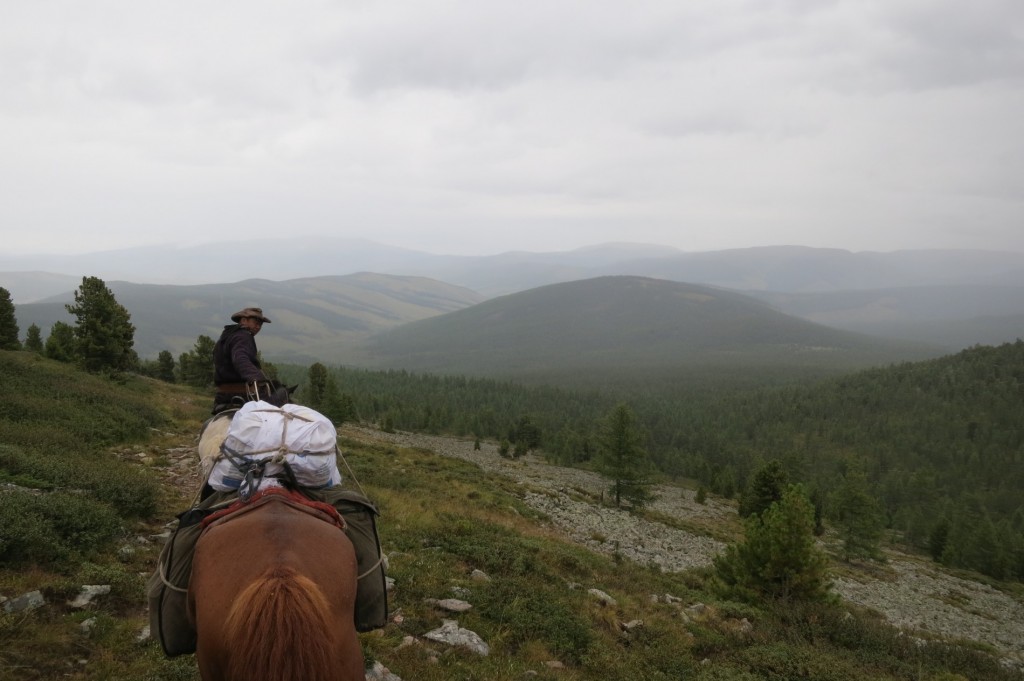



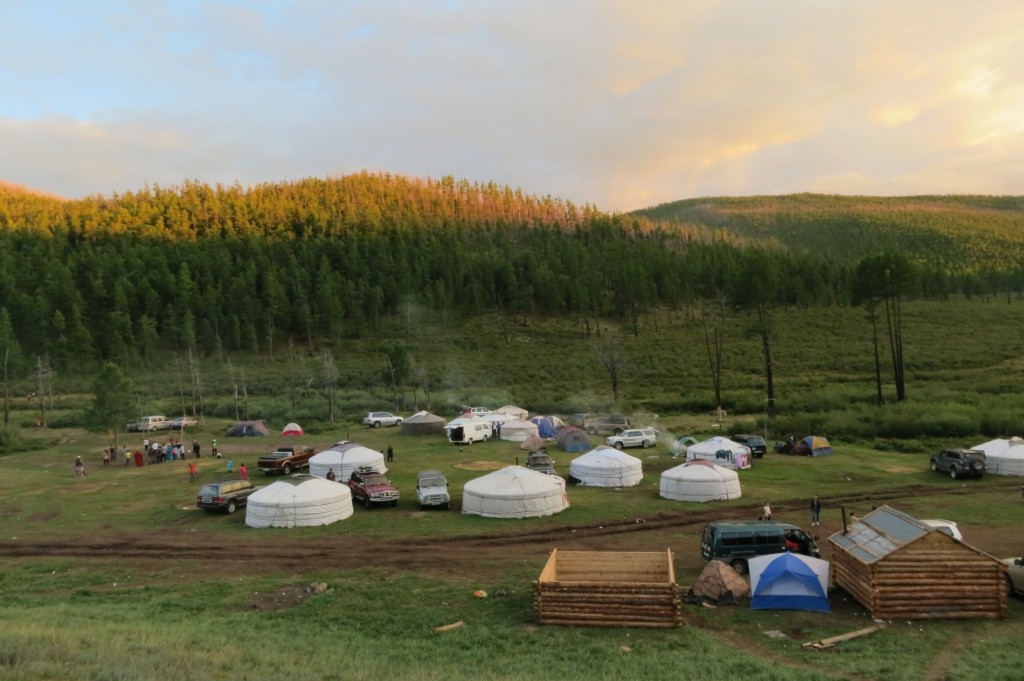
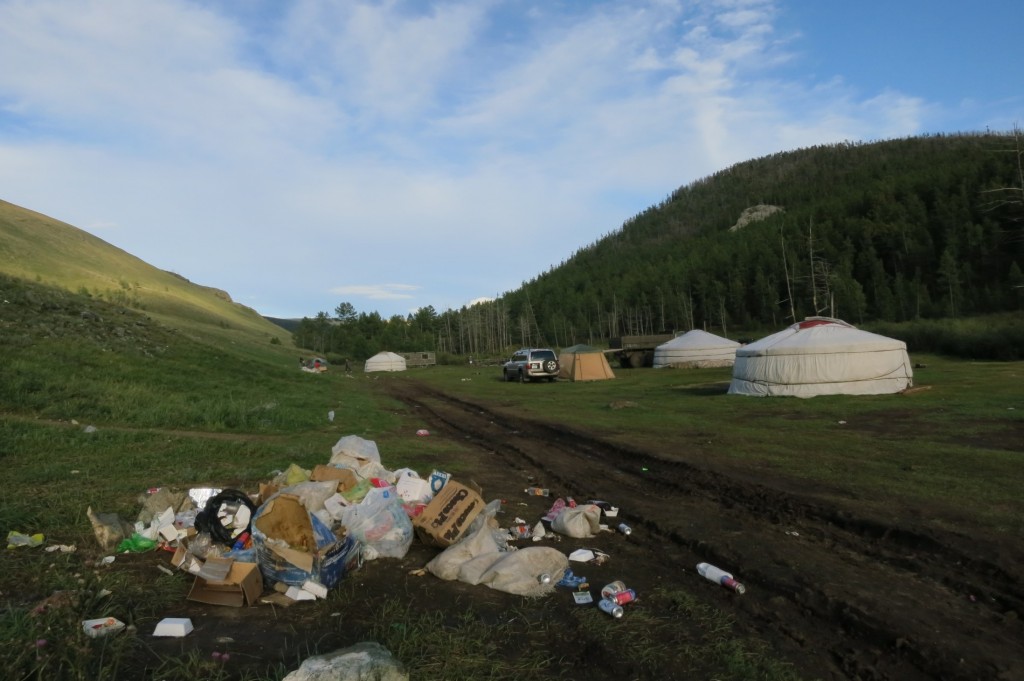
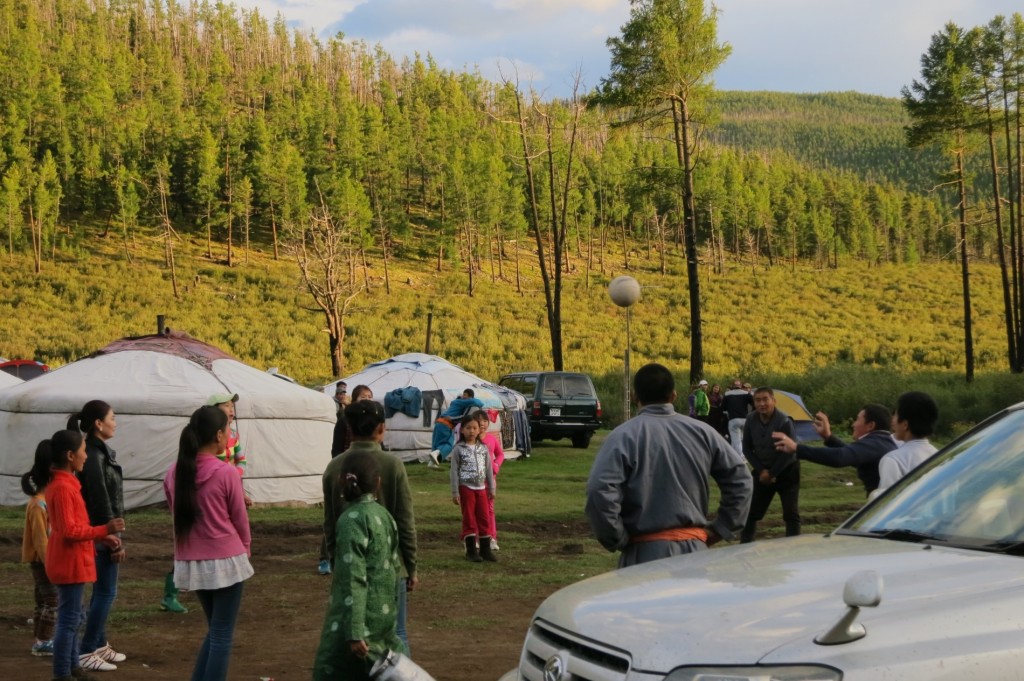

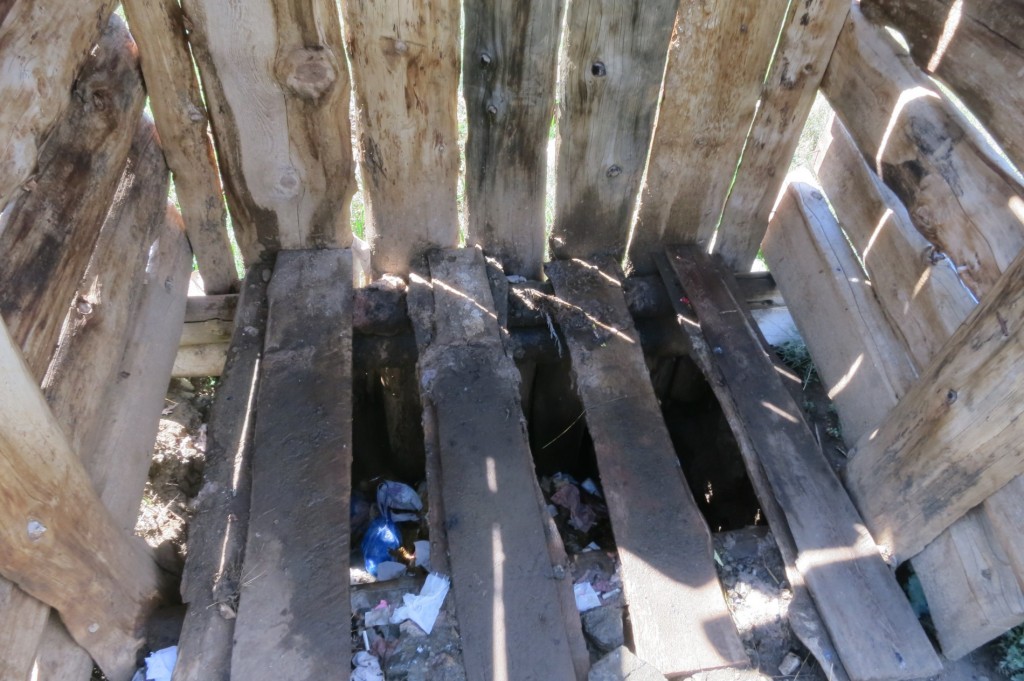
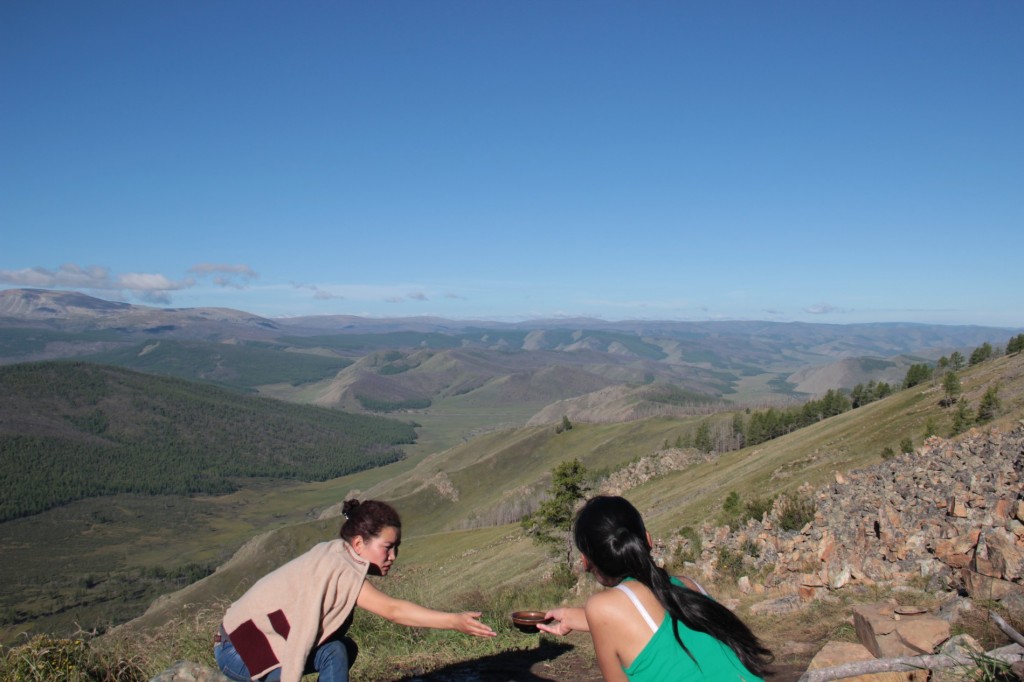

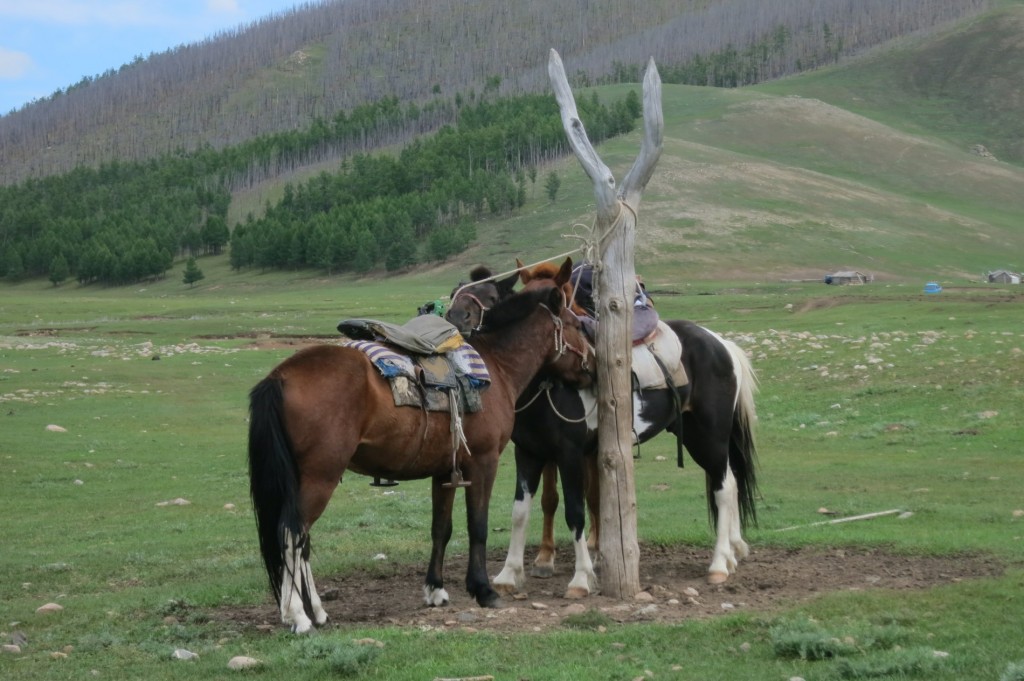
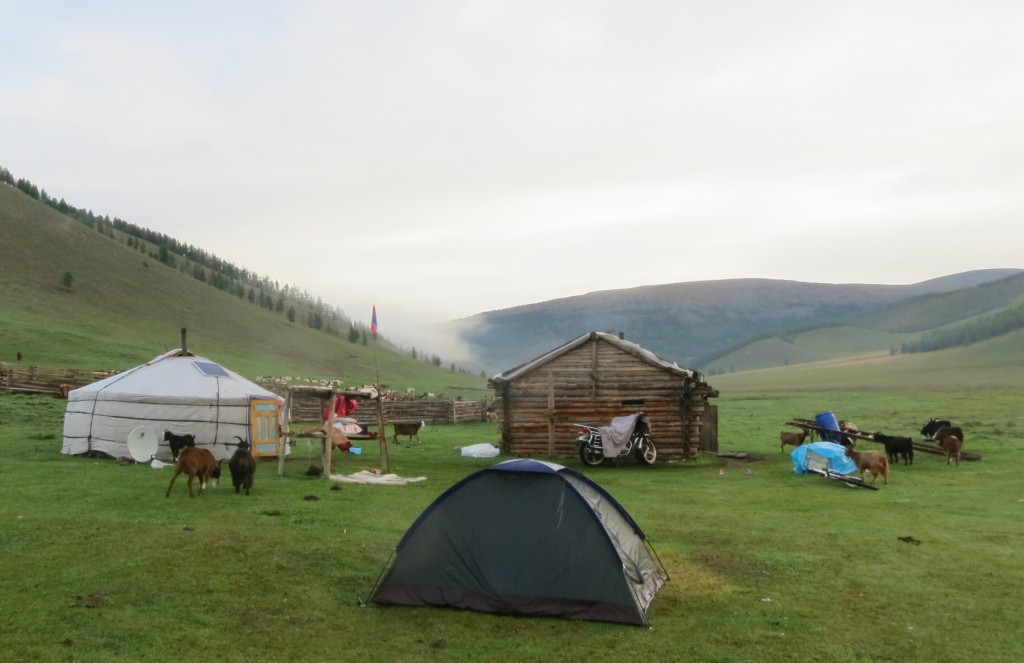
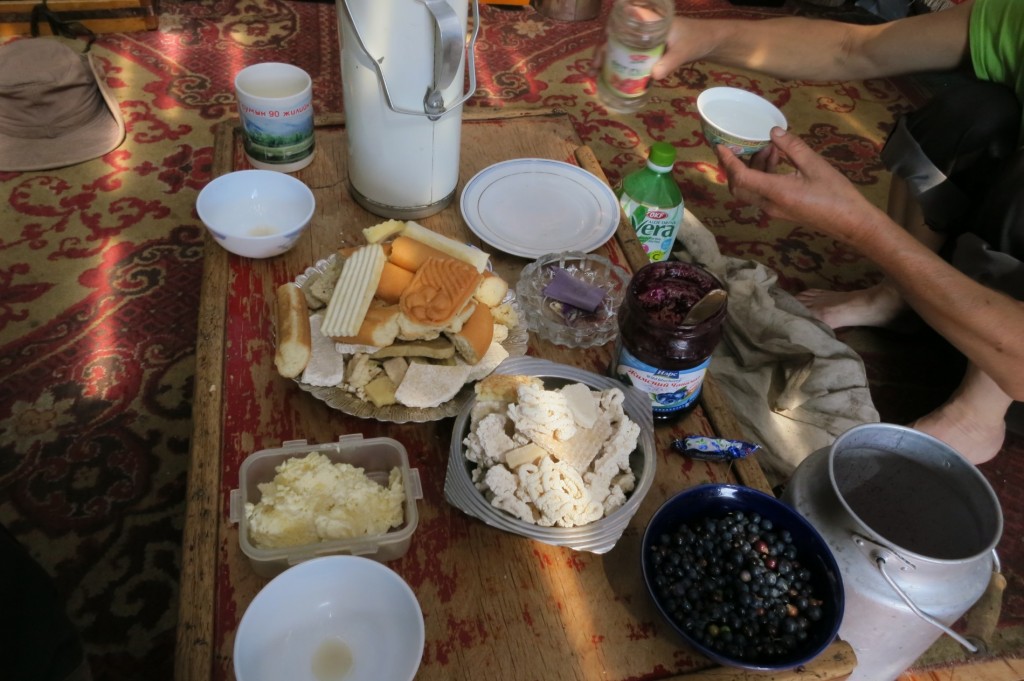
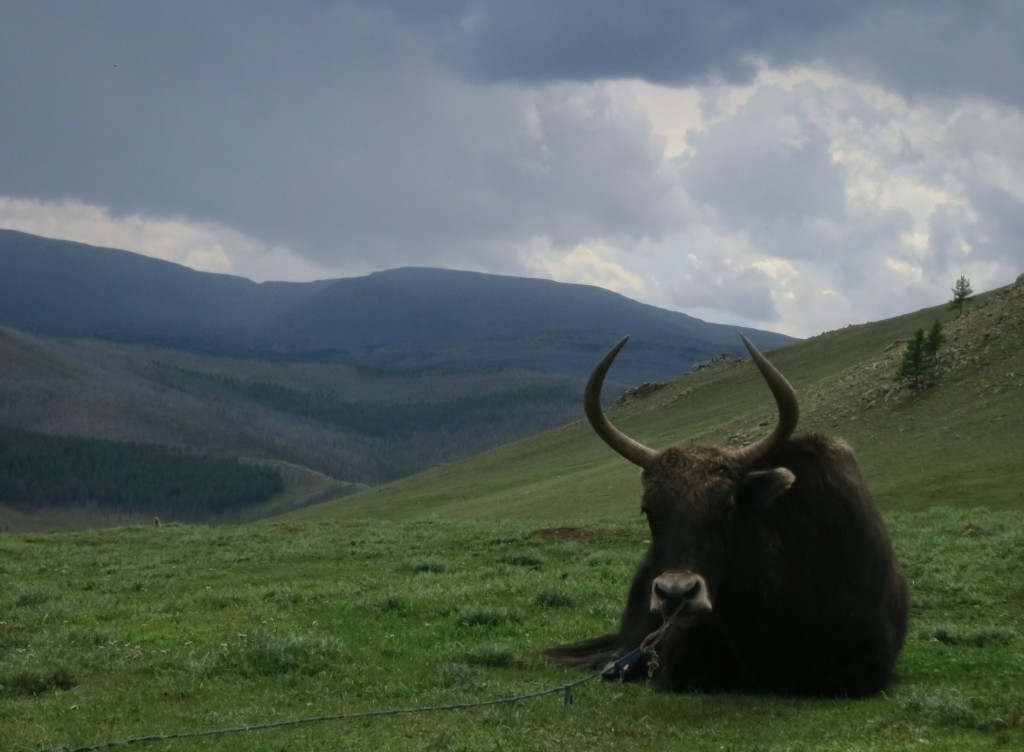


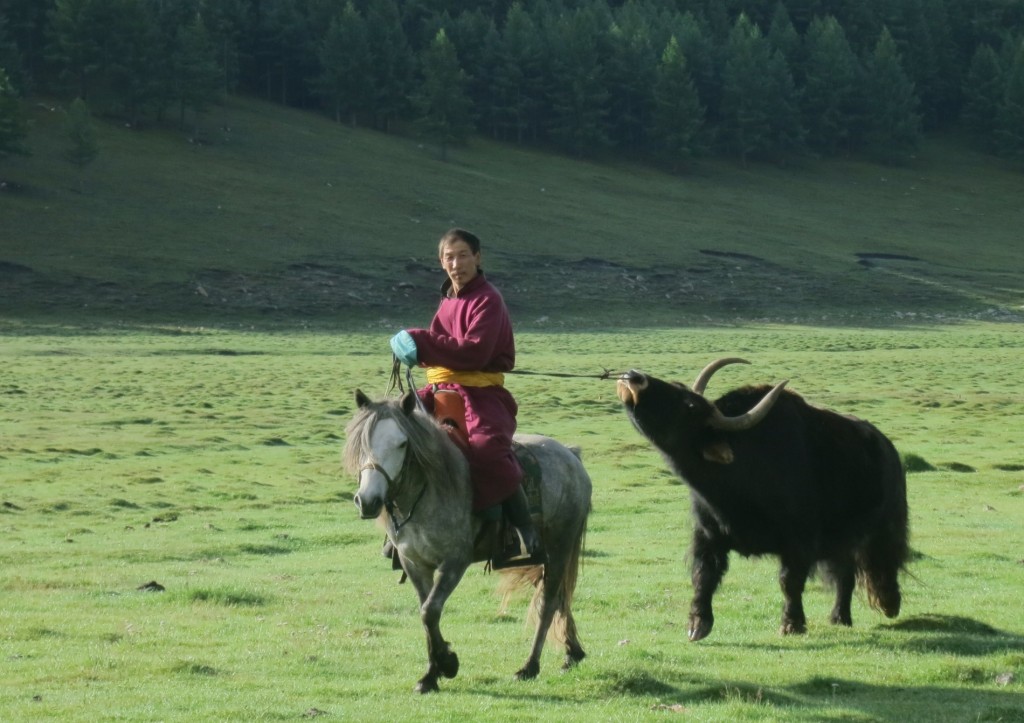
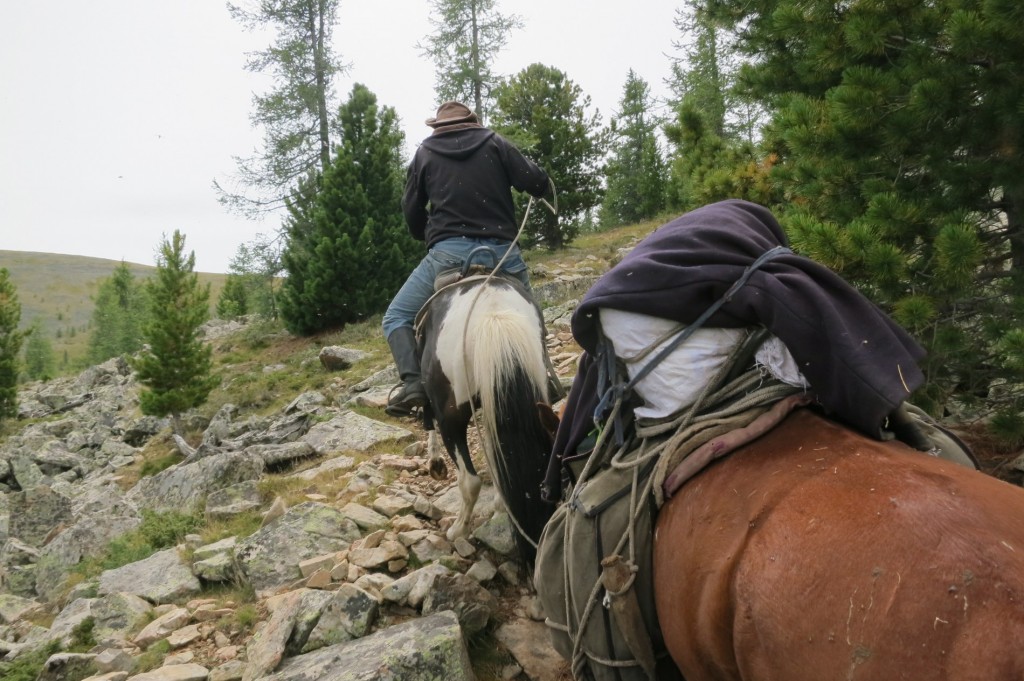
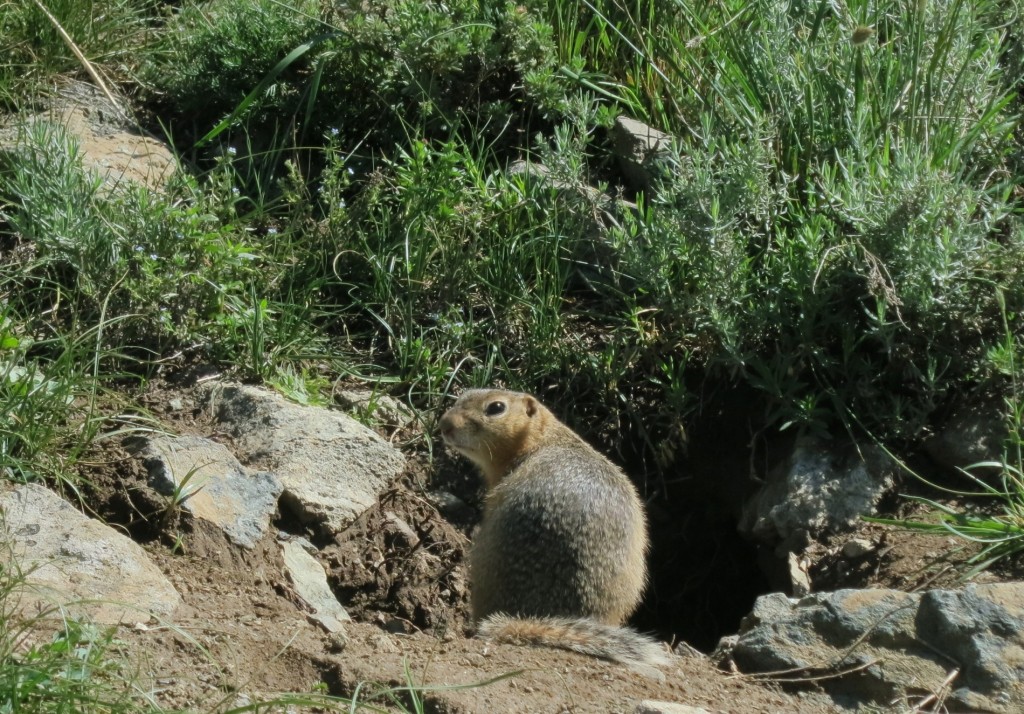

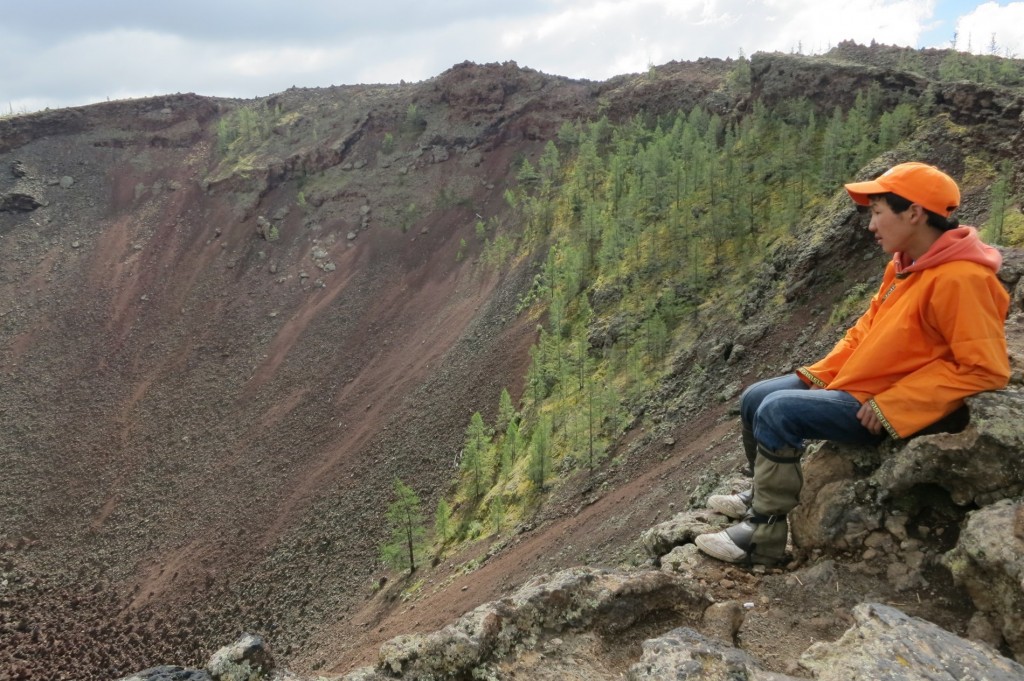
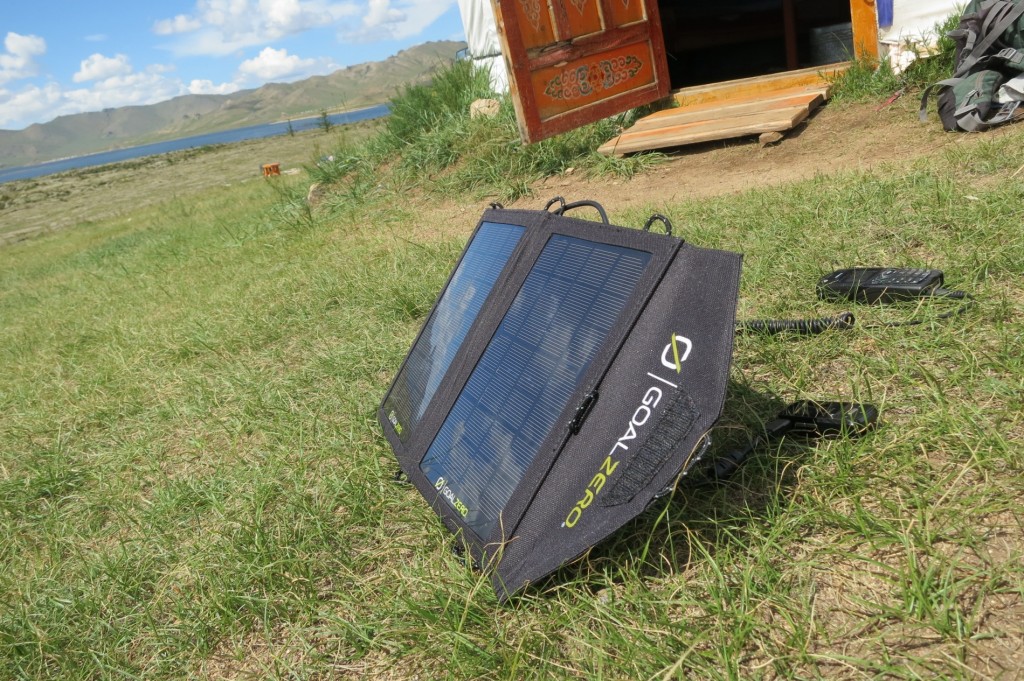
Leave A Comment